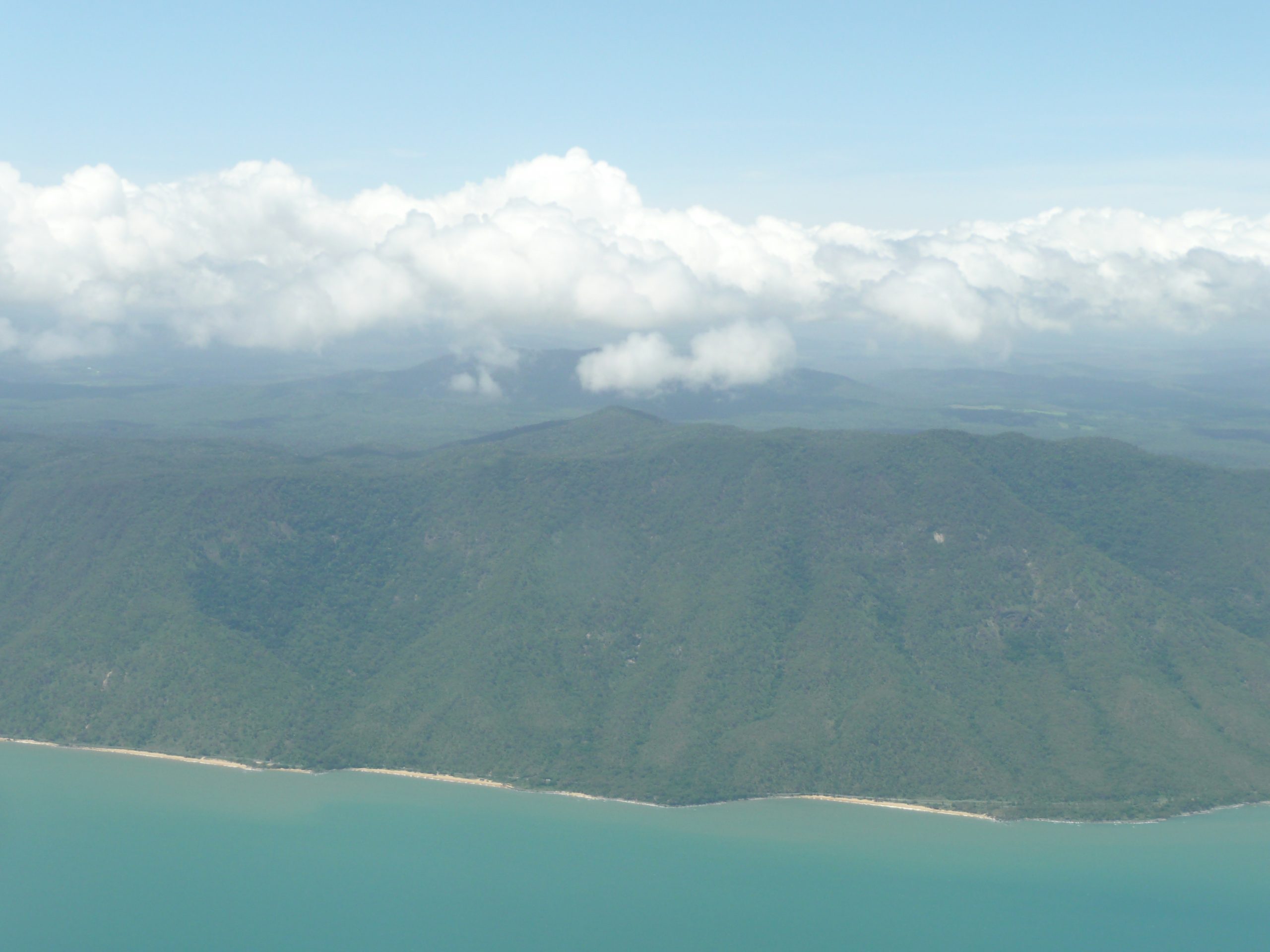Aboriginal Art
In 1935, anthropologist Donald Thomson went to Arnhem Land and brought back hundreds of drawing pieces from the Yolngu people, of which some are considered today to be rare bark paintings and highly valued indigenous paintings. The Yolngu people are considered one of the indigenous Aboriginal Tribes who inhabit northeastern Australia in Arnhem Land. Today, their paintings are on exhibit at the Melbourne Museum.
The symbols in these paintings represent stories and introduce us to the aboriginal culture. Aboriginal peoples migrated from the Indian Continent and were the first to inhabit Australia some 75,000 -100,000 years ago and have ancient artistic traditions within which they use conventional designs and symbols. These designs are used for paintings and also applied to the body when aborigines take part in ceremonies. They believe these symbols have power to transform the object into something of great significance. The designs are passed down through the aborigine ancestors and aborigine artists maintain their connection to this land through these symbols and dots.
Symbols used in Papunya Central Desert art – Based on information from “Papunya Tula” by Geoffrey Bardon



